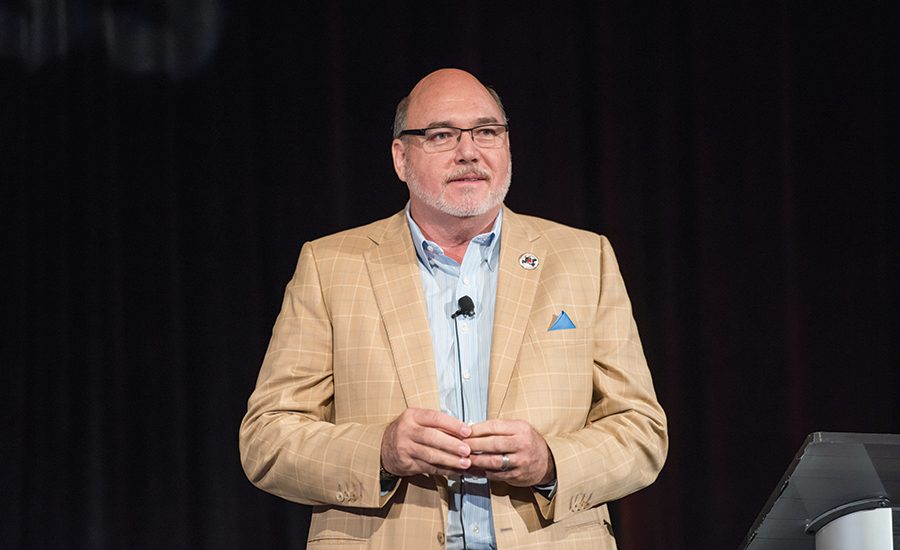Best of Success: What to Do When You Lose a Key Employee
Steve Little and Jayne Williams


It’s a plan that Steve Little, Jayne Williams and the team at KPost Company spent a lot of time developing but hoped they’d never have to use. However, when tragedy struck last year with the unexpected death of one of the company’s top leaders, the team had a customized plan to turn to that ensured a tragedy suffered within the company wouldn’t be compounded by a major disruption to their business.
The KPost Crisis Checklist was developed after a few major personnel setbacks that occurred within the company’s first years of operation. It’s now embedded in every company executive’s hard drive and is ready at a moment’s notice whatever the crisis situation.
That moment came in October 2015 when Brent McFarlin, KPost’s vice president of field operations and production, suffered a medical emergency while driving and crashed into a roadside pole. The 49-year-old father of two died and his wife was seriously injured. One of the first calls McFarlin’s father made was to KPost President Steve Little, who admittedly had trouble processing the information, but immediately activated the Crisis Checklist.
“Make no mistake, when you lose a key employee or key crew member it’s a crisis situation,” Little told attendees at Best of Success 2016. “You have disruption in the office, you have disruption with representation of your brand, and more importantly you confuse your clients and your vendors.”
McFarlin’s death was particularly difficult for Little and most of the Dallas-based company’s 300 employees. He was with KPost for nearly a decade, including six years as the company’s director of project management and estimating. Company officials said McFarlin and his team completed roughly 700 projects worth an estimated $250 million combined. Little called him his “heir apparent” not only for his business acumen, but also for his integrity.
However, there was little time for emotion when critical tasks ranging from notifying co-workers, reassuring business partners and coordinating memorials, funeral arrangements and other efforts to support the family were necessary.
Having the checklist ready and the opportunity to practice using it made the extremely difficult situation somewhat manageable.
“If we didn’t have it we’d be lost,” said Jayne Williams, KPost’s co-owner and CFO. “We had to keep this (company) moving forward, no matter how much we wanted to grieve.”
Among the chief tasks Little discussed was crafting a single message through one spokesperson both internally to the company and externally to key partners. There should be no room for gossip, rumor or innuendo if the message is crafted properly.
“As hard as it is to deal with something like this, as leaders in your company, you must demonstrate to everyone internally and externally that it’s business as usual,” Little said. “The team is greater than the individual.”
He and Williams also broke down five key points to effectively managing the crisis as a company.
Calm the employee base and stop the gossip.
Contact key clients/accounts verbally or in person and let them know it’s business as usual.
Distribute an email outlining that the employee is no longer representing the company.
Determine whether to upgrade the position, replace the employee or disperse responsibility to others.
Company leaders need to demonstrate unity and pull everyone together to show that it’s “business as usual.”
Check out webinars from Best of Success on demand until December 26!
Looking for a reprint of this article?
From high-res PDFs to custom plaques, order your copy today!





